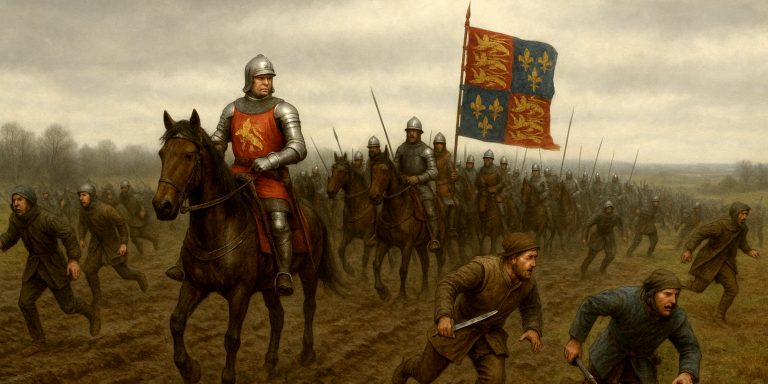
Japan’s sword history isn’t just about the katana. That curved, elegant blade has monopolised pop culture so thoroughly that other fascinating weapons have been quietly edged out of the frame. Yet for centuries, samurai, monks, and even peasants used a surprising range of blades that tell us much about how Japan fought, forged, and thought about honour.
The katana may be the darling of collectors and martial artists, but it wasn’t always the star of the armoury. Earlier and regional sword types carried unique forms, purposes, and philosophies, some elegant, others outright brutal. Each had its moment before the katana became the standard bearer of status and warfare.
Here are several Japanese swords that deserve a little light, preferably reflected from a well-polished blade.
Tachi – The Predecessor with Swagger
Before the katana’s rise, the tachi reigned supreme. Worn edge-down from the belt, it had a deeper curve and was designed for mounted combat, slicing through cavalry charges with alarming grace. Samurai of the Heian and Kamakura periods prized it not only as a weapon but as a mark of prestige.
It is also the sword most likely to trip you if you tried to wear it the wrong way round, which, historically speaking, some overconfident courtiers probably did.
Naginata – The Deadly Pole with Style
Technically a polearm, but it deserves mention. The naginata was the weapon of choice for warrior monks and onna-bugeisha, female samurai who defended their homes with both skill and a certain poetic ferocity. Its long reach kept horsemen at bay and made it ideal for sweeping cuts.
In later years it became associated with women’s martial training, which is both empowering and slightly patronising, depending on how you look at it.
Nodachi – The Monster Blade
The nodachi, or ōdachi, was the greatsword of Japan: absurdly long, often over 1.5 metres, and as subtle as a temple bell at dawn. Wielding one effectively required strength, timing, and perhaps a disregard for one’s own safety.
These blades saw their heyday in the Nanbokuchō period, cutting through the chaos of battlefield formations. Later, their impractical size turned them into ceremonial offerings to the gods. Which is a polite way of saying the swordsmiths went overboard and someone decided to hang them in shrines instead.
Wakizashi – The Samurai’s Second Blade
The wakizashi might be better known, but few appreciate its psychological weight. It was the companion blade of the katana, worn at all times, even indoors. It served as a last defence, a status symbol, and, grimly, the tool for ritual suicide.
If swords had personalities, the wakizashi would be the quiet, dependable one, aware it might one day have to do something unspeakably serious.
Kodachi – The Short Sword that Confused Everyone
Somewhere between a tachi and a wakizashi, the kodachi never quite found its niche. Too short for the battlefield, too long for concealed carry, it lingered in ceremonial and decorative roles. Still, its craftsmanship was exceptional, and it appealed to those who valued elegance over utility.
In short, it’s the sword equivalent of a sports car that spends most of its life in the garage.
Tantō – The Assassin’s Friend
Compact, sharp, and unflinchingly direct, the tantō was both a sidearm and a statement. It was favoured by samurai for close combat and by nobles for personal defence. Many were beautifully decorated, which doesn’t make them any less effective at what they were designed to do.
You can almost imagine a courtier admiring the inlay while quietly wondering how often it had been used.
Chokutō – The Straight Edge of the Past
Predating all curved swords in Japan, the chokutō was straight and single-edged, heavily influenced by Chinese designs of the early centuries. It symbolises the shift from imported technology to distinctly Japanese craftsmanship. By the Heian period, it had largely vanished, but its descendants would shape centuries of sword evolution.
Archaeologists occasionally uncover these blades in tombs, their simplicity making them oddly haunting among the ornamented excess of later eras.
The Seven Swords Takeaway
Japanese sword history isn’t a neat line leading to the katana, but a branching tree of ideas, experimentation, and artistry. Each blade tells a story of warfare, religion, and aesthetics woven into steel. The lesser-known swords remind us that the samurai world was not defined by a single shape, but by a restless pursuit of balance between form and purpose.
If anything, the katana owes its fame to the quiet brilliance of the swords that came before it. And perhaps that’s the real cut of the story.



